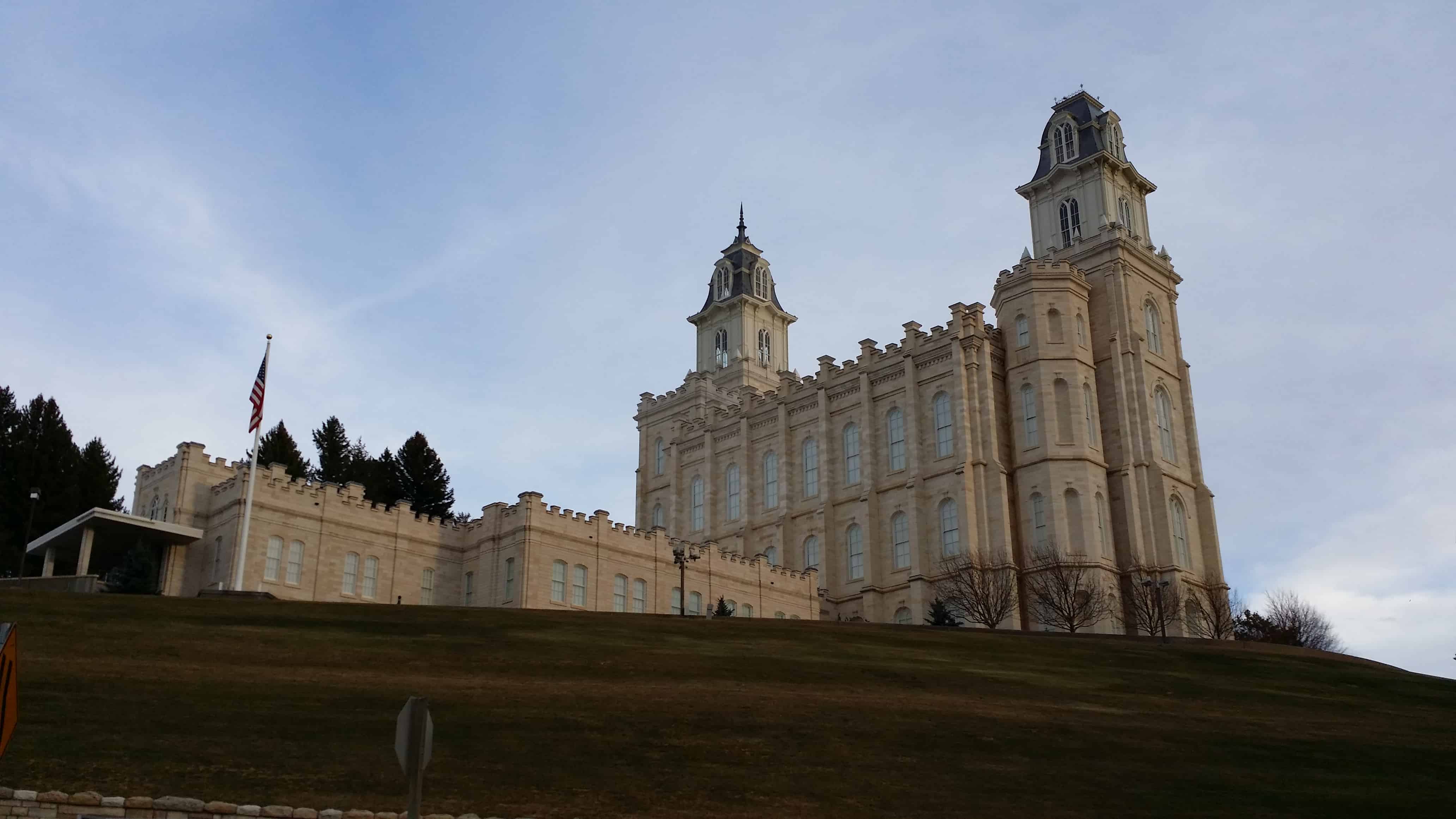Tags


Manti was one of the first communities settled in what was to become Utah. Chief Wakara (or Walker), a Ute Tribe leader, invited Brigham Young to send pioneers to the area to teach his people the techniques of successful farming. In 1849, Brigham Young dispatched a company of about 225 settlers, consisting of several families, to the Sanpitch (now Sanpete) Valley. Under the direction of Isaac Morley and George Washington Bradley, the settlers arrived at the present location of Manti in November. They endured a severe winter by living in temporary shelters dug into the south side of the hill on which the Manti Temple now stands. Brigham Young named the new community Manti, after a city mentioned in the Book of Mormon. Manti was incorporated in 1851. The first mayor of Manti was Dan Jones. Manti served as a hub city for the settlement of other communities in the valley.
Historic Buildings in Manti:
- A. O. Anderson Furniture Store
- Bishop’s Storehouse
- Carnegie Library
- The First Presbyterian Church of Manti
- LDS Temple
- Manti Motor Company
- Manti National Guard Armory
- Manti Tabernacle
- Old City Hall Building
- Pea Canning Factory
- Sanpete County Court House
- Temple Hotel McCallister Home
Historic Homes in Manti:
- Anthony W. Bessey Home
- Frederick Walter Cox Home
- Cox-Shomaker-Parry House
- Crawford / Dyreng home
- Mackey Home
- Amasa Merriam Home
- Hans Ottesen house
- John Patten Jr. House
- Pioneer Memorial Cabin
Other Manti Related Posts:
- Cemetery
- Forts in Manti
- Manti Pioneers
- Mormon Miracle Pageant
- Moroni Statue
- North Ward Chapel
- Parachute Plant
- Pioneer Heritage Garden
- Rat Fink Reunion & Car Show
- Sesquicentennial 1849 – 1999
- All Manti posts sorted by address

Relations with the local Native Americans deteriorated rapidly and the Walker War soon ensued. The war consisted primarily of various raids conducted by the Native Americans against Mormon outposts in Central and Southern Utah. The Walker War ended in the mid-1850s in an understanding negotiated between Brigham Young and Wakara. Shortly thereafter, Welcome Chapman and Wakara oversaw the baptism of scores of Wakara’s tribe members. Although immediate hostilities ended, none of the underlying conflicts were resolved.
In 1865 Utah’s Black Hawk War erupted when an incident between a Manti resident and a young chieftain exploded into open warfare between the Mormon settlers and the local Native Americans. Forts were built in Manti and other nearby communities. Smaller settlements in the area were temporarily abandoned for the duration of the war. In the fall of 1867, Chief Black Hawk made peace with the settlers, but sporadic violence occurred until 1872 when federal troops finally intervened. Many Mormon settlers who fought and died in the wars are buried in the Manti Cemetery. Most of the Utes were eventually relocated to the Uintah and Ouray Indian Reservation in Eastern Utah.


Pingback: Pioneer Heritage Gardens | JacobBarlow.com
Pingback: The Manti Pioneers | JacobBarlow.com
Pingback: Manti Utah Temple | JacobBarlow.com
Pingback: Manti Bishop’s Storehouse | JacobBarlow.com
Pingback: The Hans Ottesen house | JacobBarlow.com
Pingback: Amasa Merriam Home | JacobBarlow.com
Pingback: Frederick Walter Cox Home | JacobBarlow.com
Pingback: 76 N 100 W | JacobBarlow.com
Pingback: 32 N 100 W | JacobBarlow.com
Pingback: 115 N Main St | JacobBarlow.com
Pingback: 38 N 100 W | JacobBarlow.com
Pingback: 80 E 400 N | JacobBarlow.com
Pingback: Manti National Guard Armory | JacobBarlow.com
Pingback: 68 E 400 N | JacobBarlow.com
Pingback: 96 E 400 N | JacobBarlow.com
Pingback: 390 N Main St | JacobBarlow.com
Pingback: 393 N Main St | JacobBarlow.com
Pingback: 105 S Main St | JacobBarlow.com
Pingback: 109 S Main St | JacobBarlow.com
Pingback: 110 S Main St | JacobBarlow.com
Pingback: 141 S Main St | JacobBarlow.com
Pingback: A.O. Anderson Furniture Store | JacobBarlow.com
Pingback: Ed “Big Daddy” Roth’s Grave | JacobBarlow.com
Pingback: Rat Fink Reunion & Car Show | JacobBarlow.com
Pingback: Ed Roth Home | JacobBarlow.com
Pingback: 160 S Main St | JacobBarlow.com
Pingback: 175 E 100 N | JacobBarlow.com
Pingback: 392 E 300 N | JacobBarlow.com
Pingback: 305 N 100 E | JacobBarlow.com
Pingback: 402 E 300 N | JacobBarlow.com